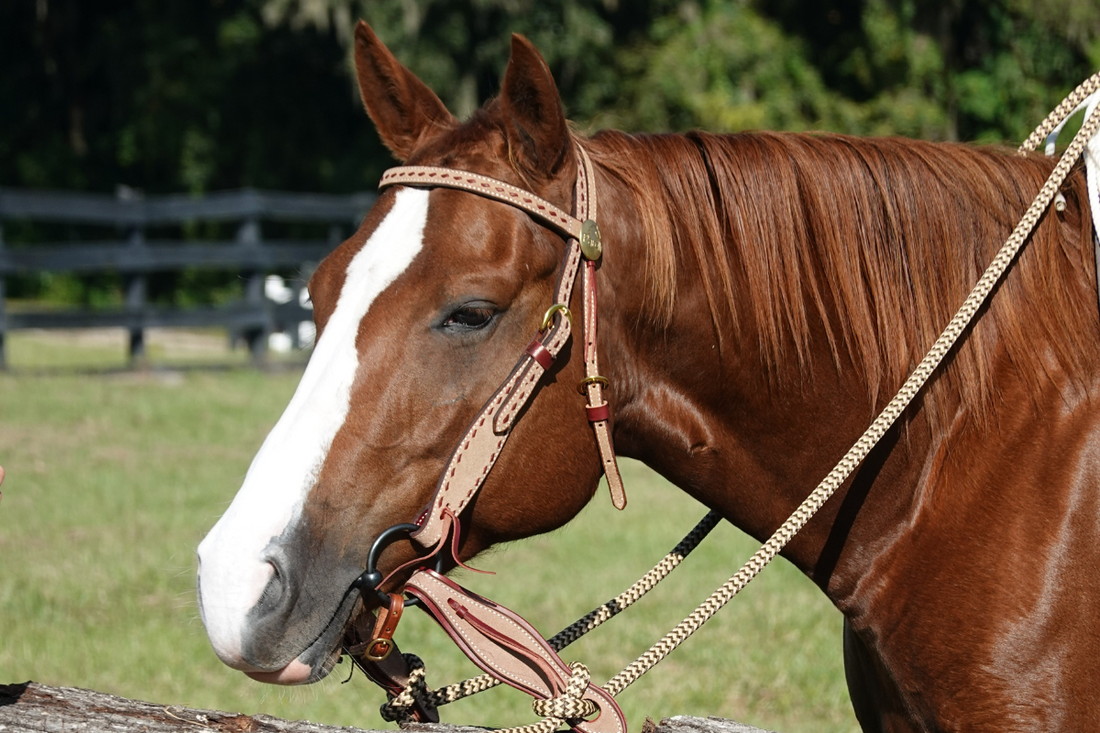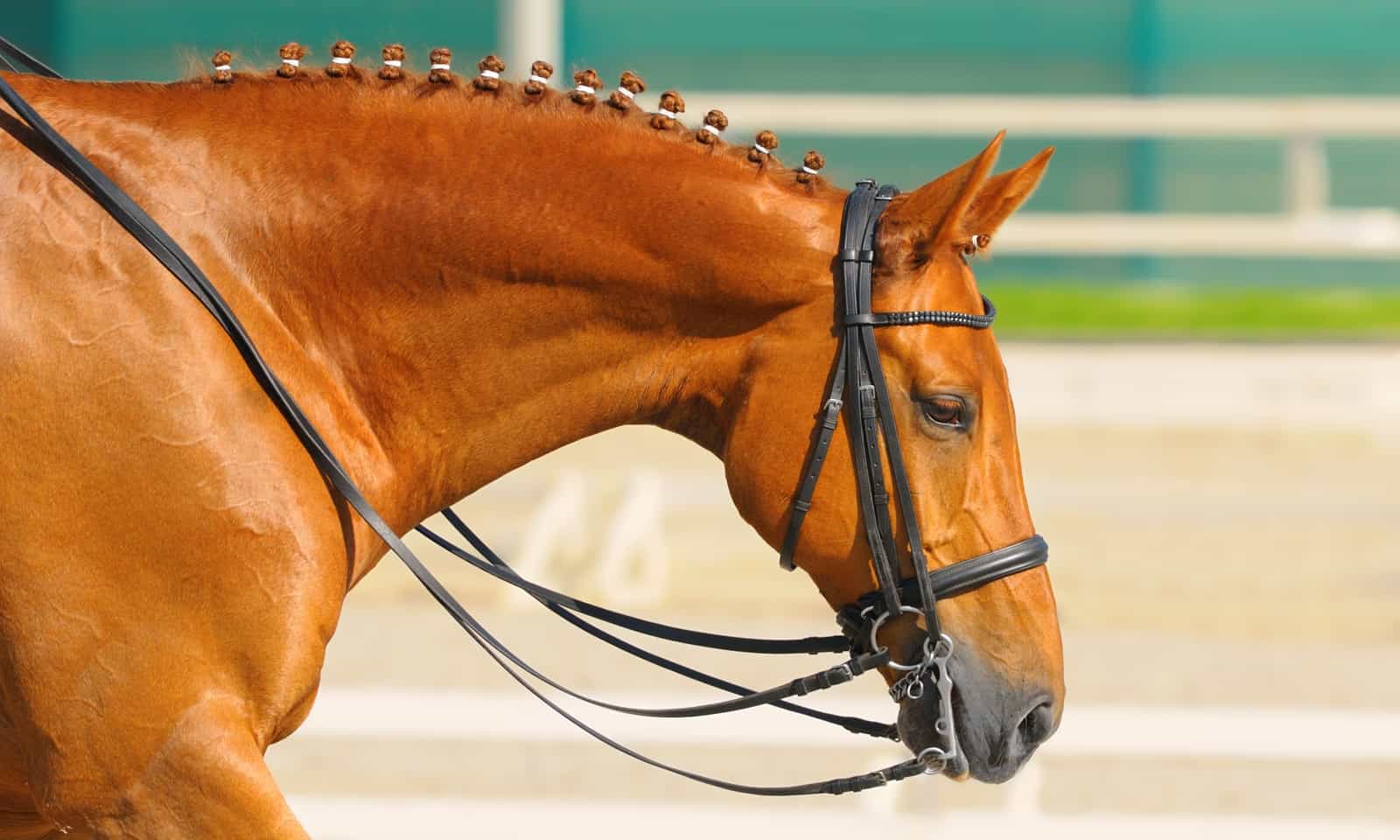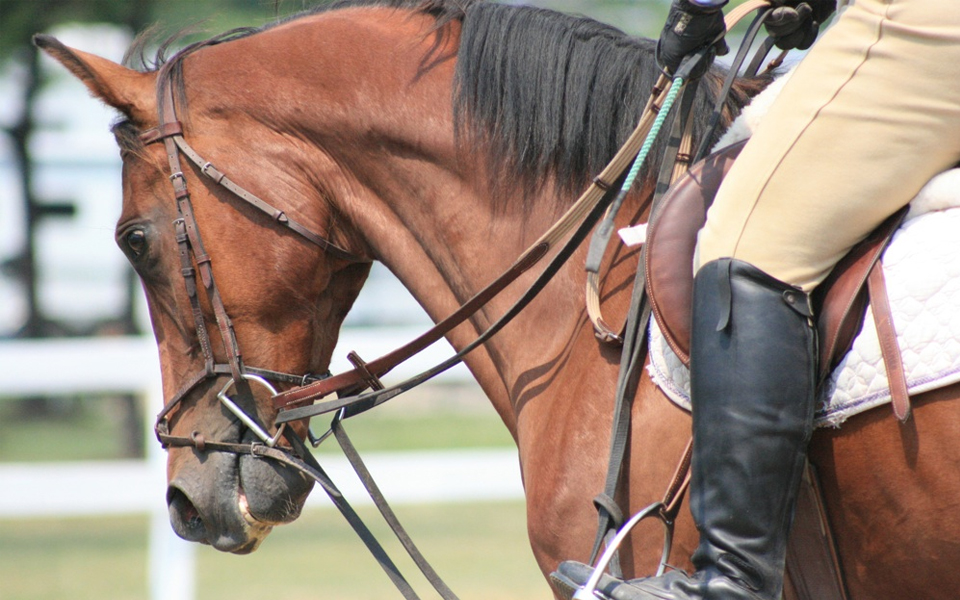
How to Turn a Horse with Reins: Mastering This Skill?
Share
Turning a horse using reins is more than just an art; it's an essential skill that every rider and health-conscious pet owner should master. Understanding how to turn a horse with reins not only enhances your riding experience but also ensures that your horse feels safe and comfortable while being guided. In this article, we will delve into the techniques, tips, and best practices that will equip you with the knowledge to expertly maneuver your horse.
As a responsible pet owner, it's crucial to prioritize the health and well-being of your horse during the training process. Lets begin our journey by looking at the foundational aspects of turning a horse with reins.

The Basics of Horse Control
Before learning how to turn a horse with reins, it's important to familiarize yourself with the basics of horse control. Effective communication with your horse is vital. This involves understanding how to use your body, voice, and, of course, the reins to guide your horse seamlessly.
Understanding Your Reins
There are several types of reins, and the type you use can affect your horse's responsiveness. When you hold the reins properly, your horse can better understand your cues:
- Western Reins: These are typically wider and often used in Western riding.
- English Reins: These are narrower and provide a more direct line of communication.
For more information on holding reins, check out this article on holding western reins.
Positioning and Stance
The position of your body plays a crucial role in ensuring effective communication with your horse. Your weight distribution and the way you sit in the saddle can influence how your horse responds to the reins. Always maintain a balanced posture, which not only helps in controlling your horse but also contributes to your comfort during the ride.

Steps for Turning a Horse with Reins
Now, let's break it down into simple steps:
Step 1: Hold the Reins Properly
When you're ready to turn, ensure that you have a firm but gentle grip on the reins. Your hands should be positioned at or just above the horse's neck, allowing for subtle movements that will guide the horse.
Step 2: Use Your Agility
Shift your weight in the direction you want to turn. If you're turning left, lean slightly to the left and pull the left rein back gently while loosening the right rein. This shift in weight and reinforcement through the reins will signal to your horse that its time to change direction.
Step 3: Engage Your Legs
Dont forget the importance of your legs in guiding your horse. Squeeze gently with your leg on the side you want to turn towards. This, combined with your rein cues, will reinforce the direction you wish your horse to go.
Step 4: Be Patient
Patience is key. Allow your horse to respond to your cues and avoid sudden shifts. This builds trust and ensures a smooth turn.

Common Mistakes to Avoid
While learning how to turn a horse with reins, youll likely encounter some common pitfalls:
- Over-Tugging: Pulling too hard on one rein can confuse your horse.
- Ignoring Body Language: Be aware of your horses responsiveness and adjust your cues accordingly.
- Neglecting to Look: Always look in the direction you want to go; this helps signal to your horse.

Maintaining Equine Health
As health-conscious pet owners, keeping your horse healthy during training is vital. Here are some tips:
- Regular veterinary check-ups.
- Ensure proper nutrition tailored to your horse's needs.
- Incorporate stretching exercises to maintain flexibility and prevent injuries.
You can find more valuable insights on maintaining your horse's health in this basic horse care guide.
FAQs
1. What should I do if my horse doesn't respond to the reins?
If your horse isn't responding, check your grip and cues. Make sure your body language aligns with your verbal and rein commands. Sometimes, a lack of response may be due to discomfort, so check your tack as well.
2. How can I improve my horses responsiveness?
Practice regularly while maintaining a calm demeanor. The more consistent you are with your cues, the better your horse will respond over time.
3. Is it necessary to use a certain type of reins for turning?
While not mandatory, certain types of reins provide different levels of control. Choose the type that suits your riding style and your horse's needs.
As an Amazon Associate, I earn from qualifying purchases.
As an Amazon Associate, I earn from qualifying purchases.
